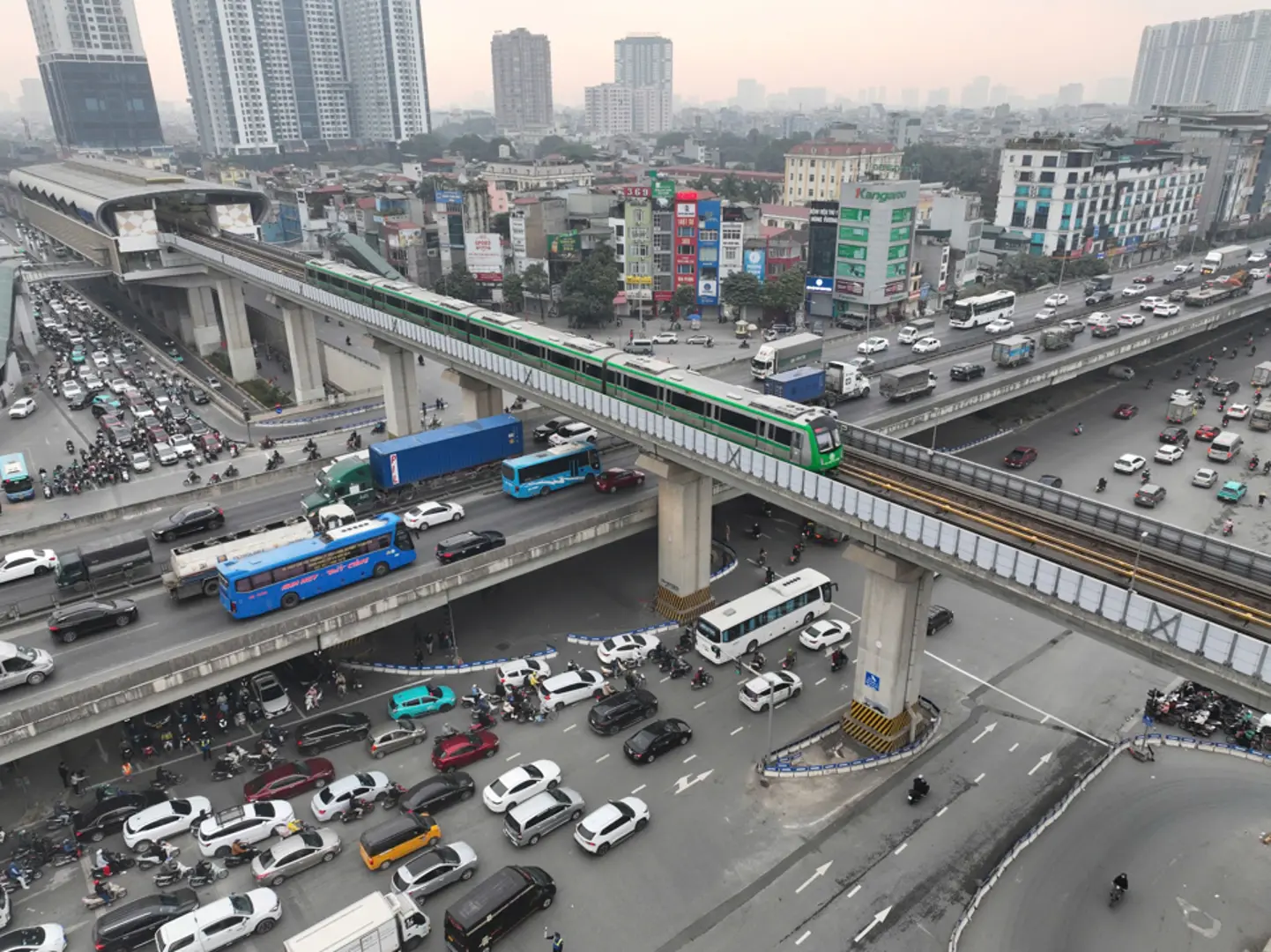Vietnam to issue technical regulations on EO residue limit
Competent authorities will review and provide information on requirements and limits for the use of pesticide residues in food in accordance with regulations of importing countries.
The Vietnamese Ministry of Health is urged to issue national technical regulations on ethylene oxide (EO) limits, ensuring safety for food.
| Hao Hao instant noodles are being recalled when exported to Ireland. Photo: Acecook Vietnam |
This request was made by Deputy Prime Minister Vu Duc Dam after reviewing the report of the Ministry of Industry and Trade (MoIT) about the Irish recall of Hao Hao instant noodles due to EO contamination.
Currently, Vietnam has no specific regulations on allowing or banning the use of EO in agricultural production or limiting residues of this substance in food.
The Ministry of Health in collaboration with the Ministries of Agriculture & Rural Development, and Industry and Trade will review, update and provide information on the requirements and limits of restricted and prohibited substances in food products in accordance with regulations of importing countries.
A representative from the MoIT’s Science and Technology Department said the testing of instant noodle products will be carried out by the regulatory agency on a large scale, not only on products of Acecook Vietnam or Ho Chi Minh City-based Thien Huong Food JSC. “However, this process will take time,” he said.
The MoIT is also requested to continue clarifying the case of Acecook Vietnam to have appropriate solutions to avoid similar situations in the time ahead.
Previously, the Government Office requested the MoIT to explain Ireland’s requisition of instant noodles containing EO exported to the European country and report the outcome to the Prime Minister before September 7.
On September 12, Acecook Vietnam announced the company’s Hao Hao noodles with sour and spicy shrimp flavor and Good vermicelli sold in Vietnam do not contain EO (with a detection limit of 0.003 mg per kg in a test).
According to Acecook Vietnam, the amount of 2-CE, a metabolite from EO, in Hao Hao noodles is much lower than the Maximum Residue Levels (MRLs) permitted by the US and Canada at 940 mg per kg and some other countries.
“According to the initial verification, a supplier has used EO to disinfect some materials. The supplier's raw material analysis also detected the presence of a little amount of 2-CE, so we think this may be a reason for the EU to make a decision that our products are not complying with their regulations,” the company’s statement wrote.
Acecook Vietnam affirmed the quality of Hao Hao noodles sold in Vietnam is under Vietnamese standards and their production fully complies with Vietnamese law.
The noodle maker also discussed with distributors in EU countries about ceasing the exports to the markets of products that have not yet met EU standards for the 2-CE substance.
The company has also urgently requested all suppliers to make a commitment not to absolutely use EO for disinfection in order to improve quality, ensure product safety and strengthen the management mechanism of EO. It also tightened the control of raw materials, production processes, and product distribution both at home and abroad.
The Department of Science and Technology said some Vietnamese products have been warned about EO residues when being exported to the European market, especially those products with many ingredients such as dry noodles, seasoning mixes, dried vegetables, and oilseeds.
In 2020, there were more than 500 reports across the EU in the Rapid Alert System for Food and Feed (RASFF) on EO contamination in food.

Vietnamese Prime Minister requires report on Irish recall of instant noodles containing EO
Two products of Acecook Vietnam JSC were recalled by the Food Safety Authority of Ireland.



















